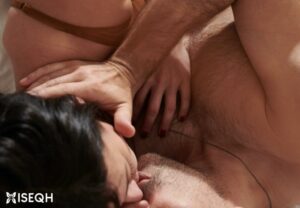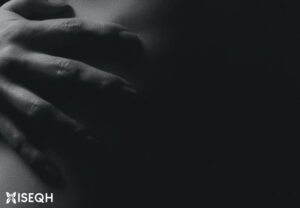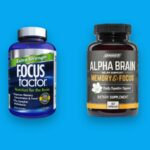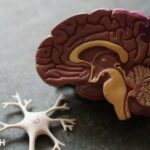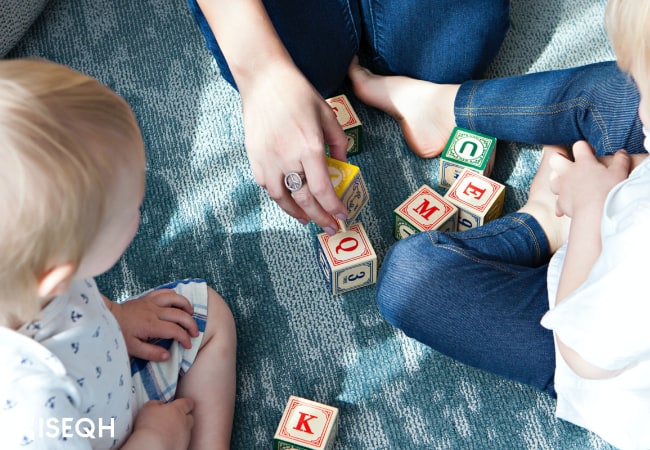
Table of Contents
Introduction
ADHD, a neurodevelopmental disorder affecting roughly 10% of children globally, is characterized by symptoms of hyperactivity, impulsivity, and inattention. While conventional medications, including stimulants and non-stimulants, have been employed to manage ADHD symptoms, some parents are seeking natural alternatives like nootropics. This article delves into how to use nootropics as a potential treatment option for children with ADHD.
What are Nootropics?
Nootropics, also known as smart drugs or cognitive enhancers, are substances that enhance cognitive function. They work by increasing blood flow to the brain, stimulating the growth of new neurons, and increasing neurotransmitter levels. Nootropics can improve focus, memory, creativity, and motivation.
What is ADHD?
ADHD is a neurodevelopmental disorder that affects children and adults. It is characterized by symptoms such as hyperactivity, impulsivity, and inattention. ADHD can make it difficult for children to focus on tasks, follow instructions, and sit still. It can affect their academic and social performance and lead to behavioral problems.
Why Use Nootropics for Children with ADHD?
Benefits of Nootropics for Children with ADHD
Nootropics can benefit children with ADHD in several ways. They can improve focus, memory, and attention span, which are areas where children with ADHD typically struggle. Nootropics can also enhance cognitive flexibility, which is the ability to switch between tasks and think creatively. This can help children with ADHD manage their symptoms and improve their academic and social performance.
The Side Effects of Traditional ADHD Medications
Traditional medications such as stimulants and non-stimulants have been used to treat ADHD for several decades. While these medications can be effective, they can also cause side effects such as loss of appetite, insomnia, and mood swings. Stimulants can also be addictive and have the potential for abuse.
The Benefits of Natural Alternatives
Nootropics offer a natural alternative to traditional ADHD medications. They are generally safe and well-tolerated, with few side effects. Natural nootropics such as omega-3 fatty acids, caffeine, and ginkgo biloba can be found in foods and supplements, making them easily accessible.
Types of Nootropics for Children with ADHD
Stimulants
Stimulant nootropics such as modafinil and methylphenidate are commonly used to treat ADHD. They work by increasing dopamine and norepinephrine levels in the brain, which can improve focus and attention. Stimulants can have side effects such as loss of appetite and insomnia, but they are generally well-tolerated.
Non-Stimulants
Non-stimulant nootropics such as atomoxetine and guanfacine are another type of medication used to treat ADHD. They work by increasing the levels of norepinephrine in the brain, which can improve attention and focus. Non-stimulants have fewer side effects than stimulants, but they may take longer to start working.
Natural Nootropics
Natural nootropics are a popular alternative to traditional medications for children with ADHD. Omega-3 fatty acids, found in fish oil supplements, can improve cognitive function and attention. Caffeine, found in coffee and tea, can also improve focus and alertness. Ginkgo biloba, a popular herbal supplement, can improve memory and attention span.
How to Use Nootropics for Children with ADHD
Dosage and Administration
The dosage and administration of nootropics for children with ADHD will depend on the type of nootropic used. Stimulant medications are usually taken once or twice a day, while non-stimulant medications may be taken once a day. Natural nootropics can be found in foods or supplements and should be taken according to the manufacturer’s instructions.
Choosing the Right Nootropic
Choosing the right nootropic for a child with ADHD can be challenging. It is important to consult with a healthcare professional before starting any new medication or supplement. The healthcare professional can help determine which type of nootropic is best for the child based on their symptoms and medical history.
Nootropic Stacks
Nootropic stacks are combinations of different nootropics that are used to enhance cognitive function. Stacks can be tailored to the specific needs of the child with ADHD. For example, a stack that includes caffeine and L-theanine can improve focus and reduce anxiety.
Precautions When Using Nootropics for Children with ADHD
Consulting with a Healthcare Professional
It is important to consult with a healthcare professional before using any nootropics for children with ADHD. The healthcare professional can help determine if the nootropic is safe and appropriate for the child based on their medical history and symptoms.
Monitoring for Side Effects
Nootropics can have side effects, even natural nootropics. It is important to monitor the child for any side effects and report them to the healthcare professional. Side effects may include headaches, nausea, and sleep disturbances.
Choosing Reputable Brands
When using natural nootropics, it is important to choose reputable brands that have been tested for safety and efficacy. The manufacturer’s website should provide information about the ingredients, dosage, and potential side effects of the product.
Conclusion
Nootropics offer a natural alternative to traditional medications for children with ADHD. They can improve focus, attention, and cognitive function without the side effects of traditional medications. When using nootropics for children with ADHD, it is important to consult with a healthcare professional, choose the right nootropic, and monitor for side effects.
FAQs
Are nootropics safe for children with ADHD?
Yes, nootropics can be safe for children with ADHD when used appropriately and under the guidance of a healthcare professional.
Can nootropics cure ADHD?
No, nootropics cannot cure ADHD. They can help improve symptoms such as focus and attention, but they do not address the underlying cause of ADHD.
Are natural nootropics as effective as traditional medications?
Natural nootropics can be effective for some children with ADHD, but they may not be as effective as traditional medications for more severe cases. It is important to consult with a healthcare professional to determine the best treatment option for the child.
Are there any side effects of using nootropics for ADHD?
Yes, nootropics can have side effects such as loss of appetite, insomnia, headaches, and nausea. It is important to monitor the child for any side effects and report them to the healthcare professional.
Can nootropic stacks be tailored to the specific needs of a child with ADHD?
Yes, nootropic stacks can be tailored to the specific needs of a child with ADHD. A healthcare professional can help determine which combination of nootropics is best for the child based on their symptoms and medical history.


